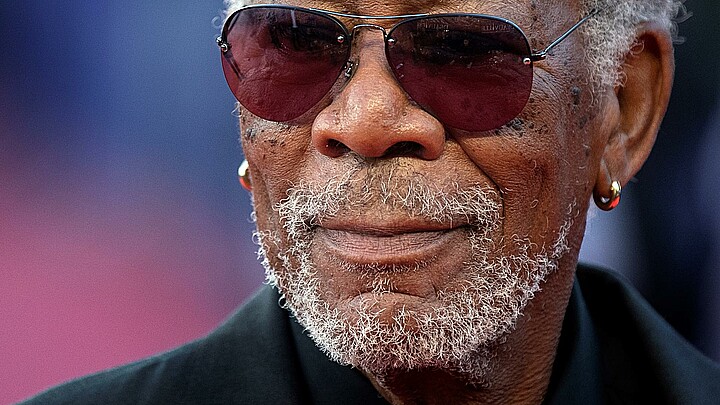Culture
2020 U.S. Census undercounted Hispanics by 5%
The U.S. Census Bureau announced Thursday that it missed about 750,000 people or about .24% of the U.S. population in its work on the 2020 census. The undercount of Hispanics worsened significantly from 2010, at which time 1.54% were missed to about 5% in 2020.
March 14, 2022 8:38am
Updated: March 14, 2022 5:51pm
The U.S. Census Bureau announced Thursday that it missed about 750,000 people or about .24% of the U.S. population in its work on the 2020 census, according to a March 10 report published by the U.S. Census Bureau.
The accuracy report said the overall margin was not statistically significant but margins for many groups were when examined individually. About 5% of Hispanics were undercounted, as were 3.3% of Blacks and 0.9% of American Indians and Alaska Natives.
The 2020 undercount of Hispanics worsened significantly from 2010, at which time 1.54% were missed.
"The Hispanic or Latino population had a statistically significant undercount rate of 4.99%. This is statistically different from a 1.54% undercount in 2010," the report says.
Non-Hispanic whites and Asians were overcounted by 1.6% and 2.6%, respectively. This was statistically different from the Census’s performance in 2010, which found a 0.8% overcount for whites and no over- or under-count for Asians.
Some media outlets alleged the 2020 census was affected by extenuating circumstances like the COVID-19 pandemic and then-President Donald Trump, who tried to add a question on the survey on whether or not the respondents were citizens. The count in certain states were also impaired by natural disasters, like the California wildfires and Hurricane Laura, which struck Louisiana, according to the Wall Street Journal.
Census results are important because they used in calculations for the federal government, such as the distribution of federal funding; allocation of seats in the House of Representatives and votes in the Electoral College; and voting and civil rights enforcement.
The Census Bureau calculated the difference between the surveyed and actual numbers by following up with 160,000 random households and comparing the answers. This is the first undercount since 1990, where 1.6% of the population was not counted.
Officials said the numbers would not be adjusted to reflect the accuracy report’s findings but would be used to refine and improve the next census in 2030.










